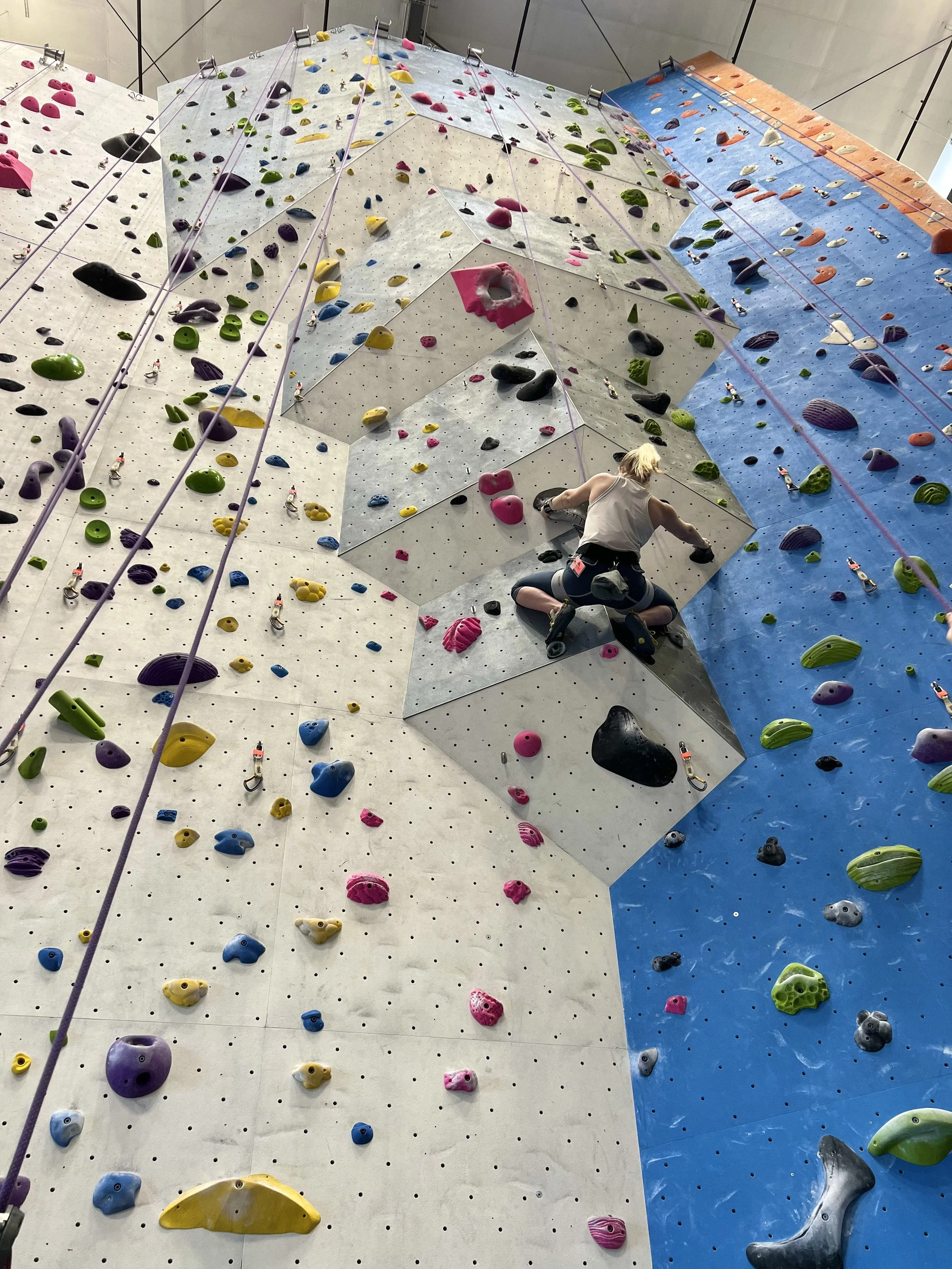I help people, products, and organizations grow on purpose.
After a decade shipping 0-to-1 experiences at Dell, IBM, WHOOP, and now Articulate, I’ve learned that the fastest way to move a business forward is to unlock the humans inside it. Today, I lead design for AI and creator tools at Articulate, shaping how millions of people build impactful learning experiences with the help of intelligent systems.
But if you really want to know what makes me tick?
Advancing my design practice isn’t something I leave at work. I’m always pursuing a side quest or two, whether that’s designing a monster-taming RPG, advising early-stage startups, or even helping shape the curriculum for a graduate course. One thing is a constant—I adore learning. Designing for it, mentoring through it, and staying in it myself.
I believe in design that respects both emotion and execution, and in leadership that balances direction with spaciousness. As I continue to hone my leadership style, I’m learning that the real craft is knowing when to lean in, and when to step back.
If you’re building something meaningful and need a thoughtful sparring partner, I’m always looking for an excuse to chat with cool people. Say hi!
-
As designers, we have an ethical responsibility to do our homework on the people we’re serving. While we can speak to our expert craft and design decisions, we must also recognize that user needs and challenges differ across every project. We can’t rely on our own worldview to accurately determine what to design and how it should work for those with different backgrounds. Through the habitual practice of conducting and elevating user research, I’ve found that transitioning from opinion-based to evidence-based design is one of the most liberating things we'll do for ourselves as designers.
-
The best experiences with products or services consider not only quantifiable measures that move the business forward like ROI and DAU, but also establish a positive relationship between humans and technologies. Not every interaction will be a delightful one, but when we approach problems with empathy and humility, we foster satisfactory engagements that bolster the future of technology as an augmentation our human experience. I'm excited to bring frameworks for purposefully designing relationship arcs between humans and technology to guide teams toward promoting ethical futures through the use of our technology.
-
The hardest problems we tackle are too complex and multifaceted to be meaningfully solved alone. Bringing together diverse teams of individuals from a wide range of backgrounds prime us to generate value that serves the masses. Through design thinking and human-centered methods, I lead workshops and facilitate activities that help teams navigate uncertainty with a growth mindset, turn constraints into creative leverage, and amplify perspectives that might otherwise go unheard.
-
It’s deceptively easy to get trapped in our annual roadmaps and never-ending backlogs in ways that obstruct our ability to adapt to new information. Speculative design methods create space to pause, question, and reframe the long-term value of the ideas driving us today. By grounding our decisions in the real-world context of the people we’re designing for and understanding what truly motivates them, we can move beyond industry playbooks, imagine bolder futures, and choose the paths that are actually worth building.
Don’t just take my word for it…












